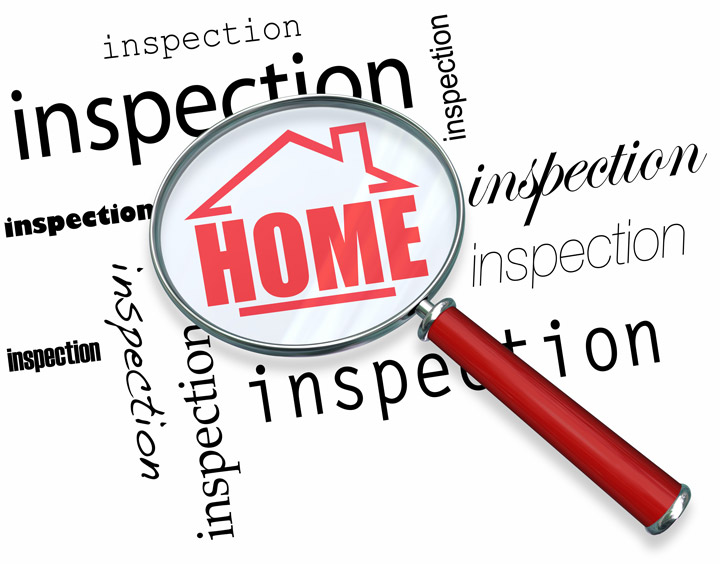
Comprehending AppraisalsTheir home's purchase is the most serious transaction most people may ever encounter. It doesn't matter if where you raise your family, a seasonal vacation home or one of many rentals, purchasing real property is a detailed financial transaction that requires multiple people working in concert to pull it all off. Most of the parties participating are very familiar. The real estate agent is the most familiar entity in the exchange. Then, the bank provides the money needed to bankroll the exchange. And ensuring all aspects of the exchange are completed and that a clear title passes from the seller to the buyer is the title company. So, what party is responsible for making sure the property is worth the purchase price? In comes the appraiser. We provide an unbiased opinion of what a buyer could expect to pay — or a seller receive — for a property, where both buyer and seller are informed parties. A licensed, certified, professional appraiser from Richard Crowder will ensure, you as an interested party, are informed. Appraisals begin with the home inspectionTo ascertain the true status of the property, it's our duty to first conduct a thorough inspection. We must actually see features, such as the number of bedrooms and bathrooms, the location, living areas, etc, to ensure they indeed are there and are in the shape a reasonable buyer would expect them to be. The inspection often includes a sketch of the property, ensuring the square footage is accurate and illustrating the layout of the property. Most importantly, the appraiser looks for any obvious amenities - or defects - that would have an impact on the value of the house. Once the site has been inspected, an appraiser uses two or three approaches to determining the value of real property: a sales comparison, a replacement cost calculation, and an income approach when rental properties are prevalent. 
Cost ApproachThis is where the appraiser pulls information on local construction costs, the cost of labor and other factors to derive how much it would cost to replace the property being appraised. This figure often sets the upper limit on what a property would sell for. It's also the least used method. 
Analyzing Comparable SalesAppraisers are intimately familiar with the subdivisions in which they work. They thoroughly understand the value of certain features to the homeowners of that area. Then, the appraiser looks up recent transactions in close proximity to the subject and finds properties which are 'comparable' to the real estate in question. By assigning a dollar value to certain items such as upgraded appliances, additional bathrooms, additional living area, quality of construction, lot size, we add or subtract from each comparable's sales price so that they more accurately portray the features of subject property.
A true estimate of what the subject could sell for can only be determined once all differences between the comps and the subject have been evaluated. At Richard Crowder, we are experts when it comes to knowing the worth of particular items in Cartersville and Bartow County neighborhoods. The sales comparison approach to value is usually given the most consideration when an appraisal is for a home exchange. Valuation Using the Income ApproachA third way of valuing approach to value is sometimes employed when a neighborhood has a reasonable number of renter occupied properties. In this situation, the amount of income the property generates is factored in with income produced by neighboring properties to derive the current value. Coming Up With The Final ValueCombining information from all approaches, the appraiser is then ready to put down an estimated market value for the subject property. The estimate of value at the bottom of the appraisal report is not necessarily what's being paid for the property even though it is likely the best indication of what a property is worth. Prices can always be driven up or down by extenuating circumstances like the motivation or urgency of a seller or 'bidding wars'. Regardless, the appraised value is typically used as a guideline for lenders who don't want to loan a buyer more money than they could recover in the event they had to put the property on the market again. At the end of the day, an appraiser from Richard Crowder will help you discover the most accurate property value, so you can make wise real estate decisions. |